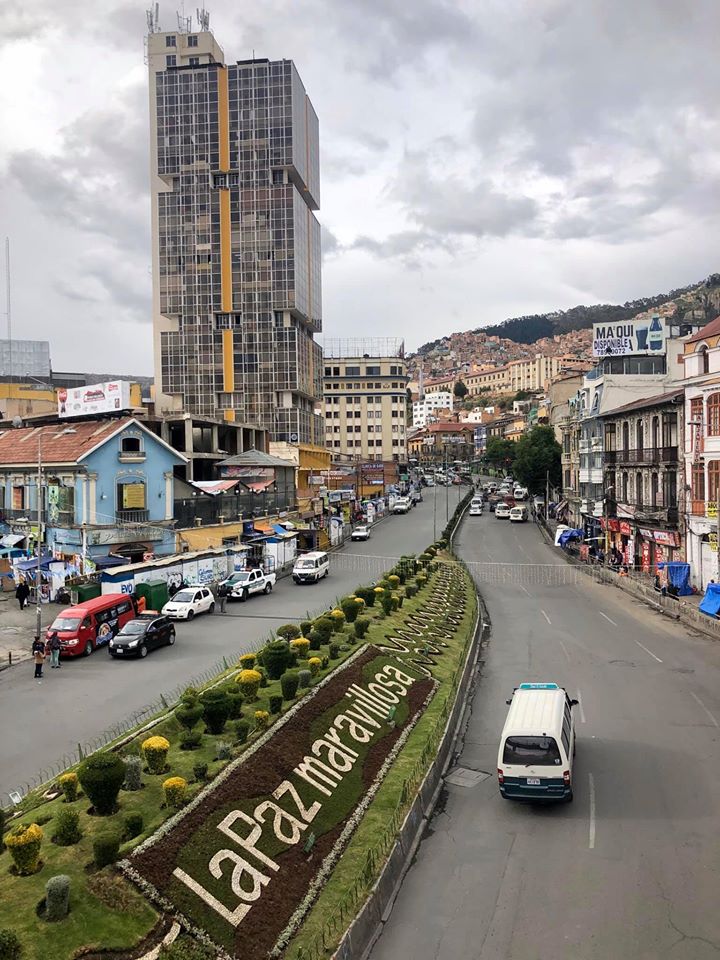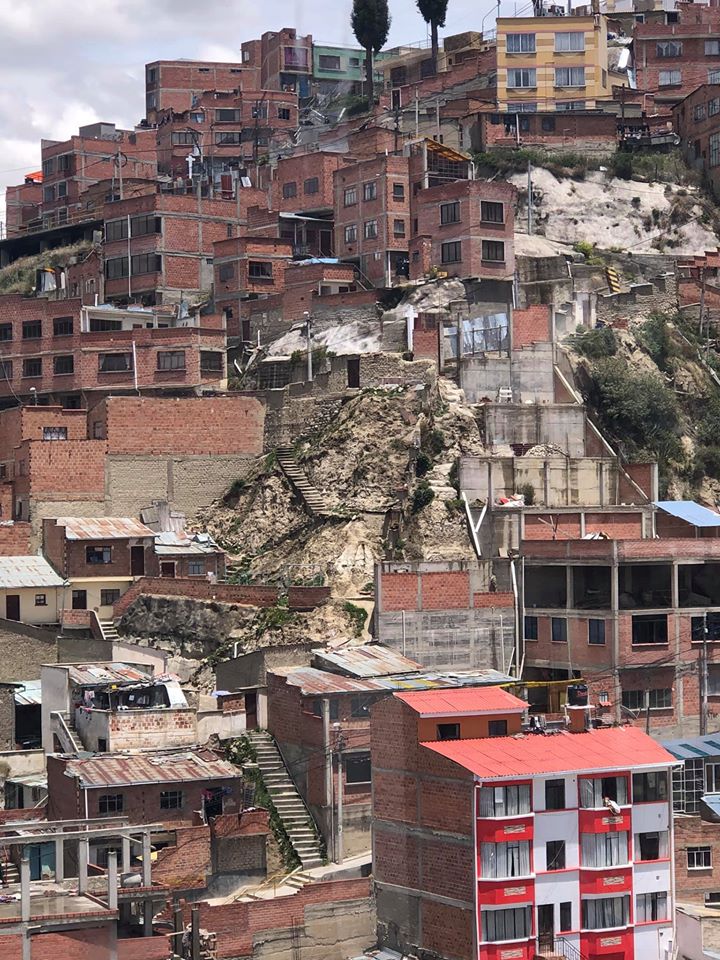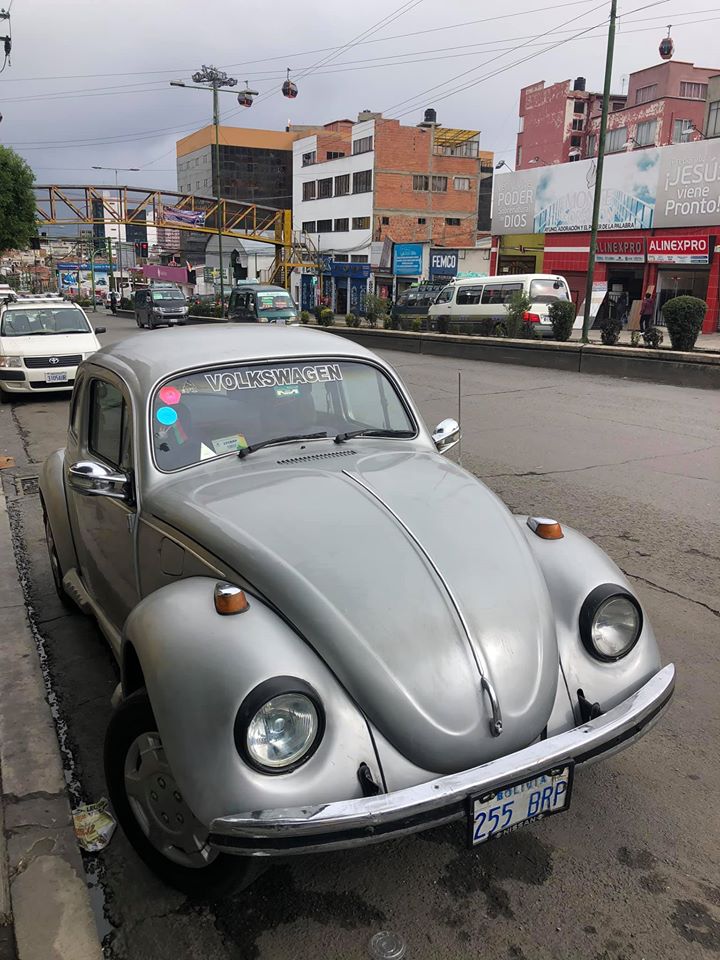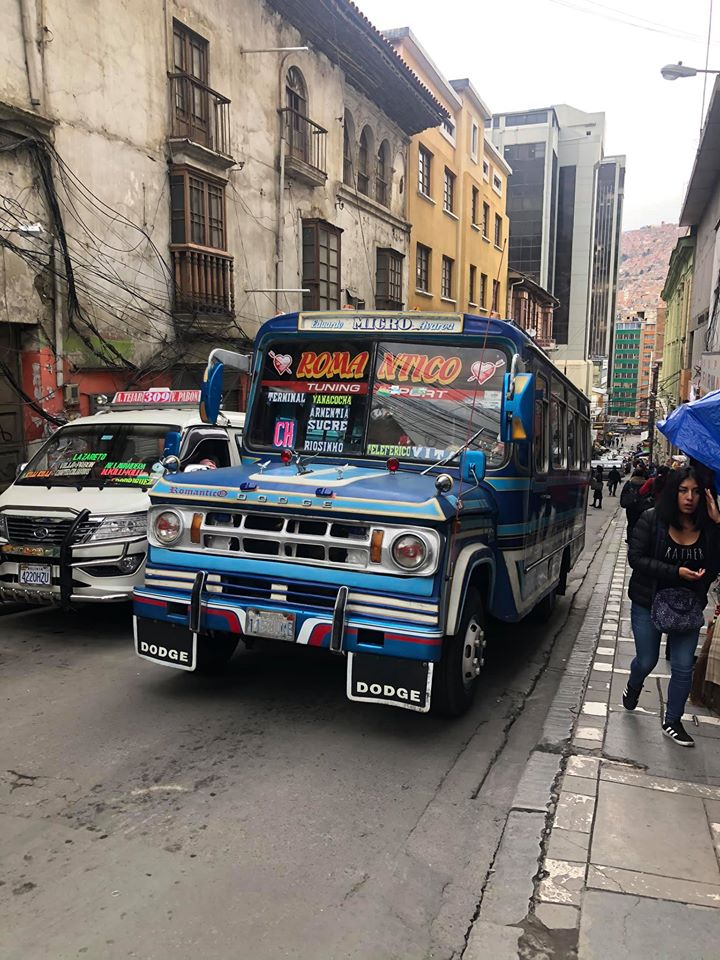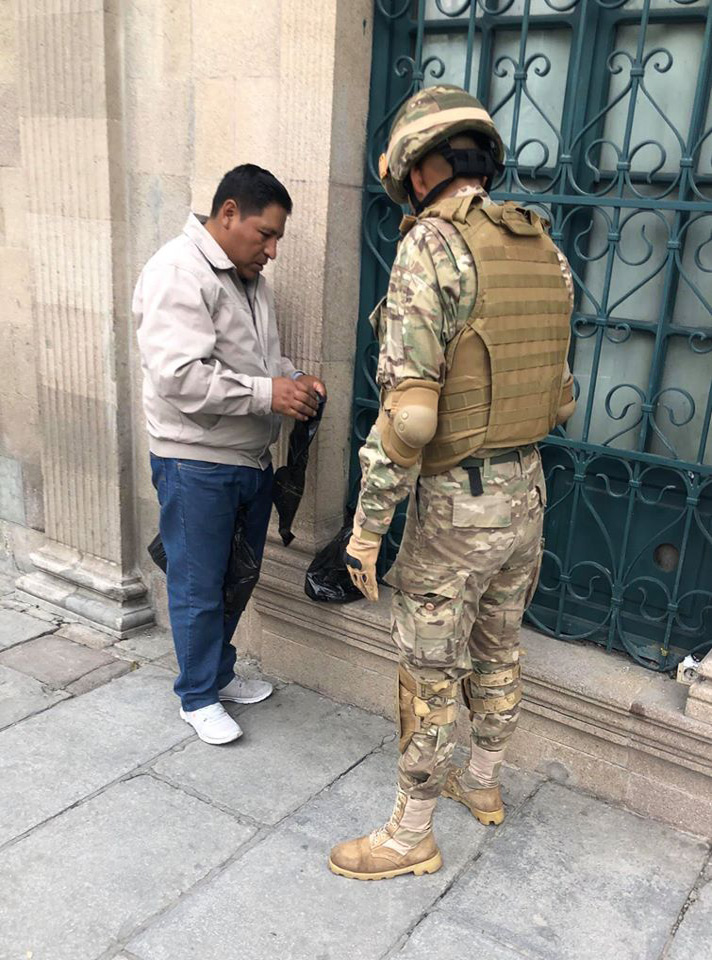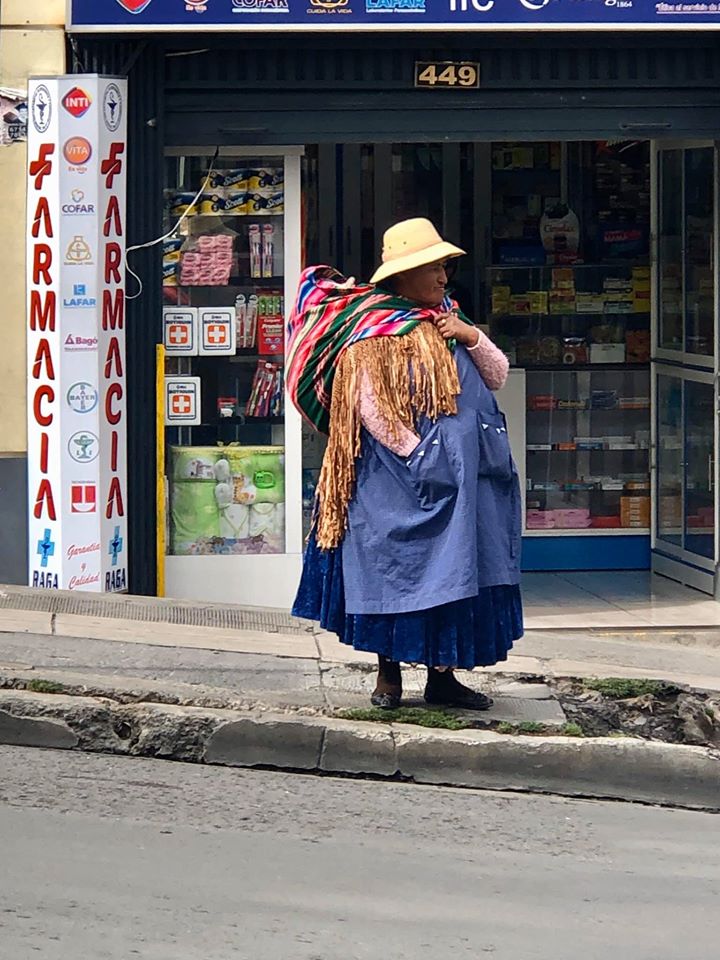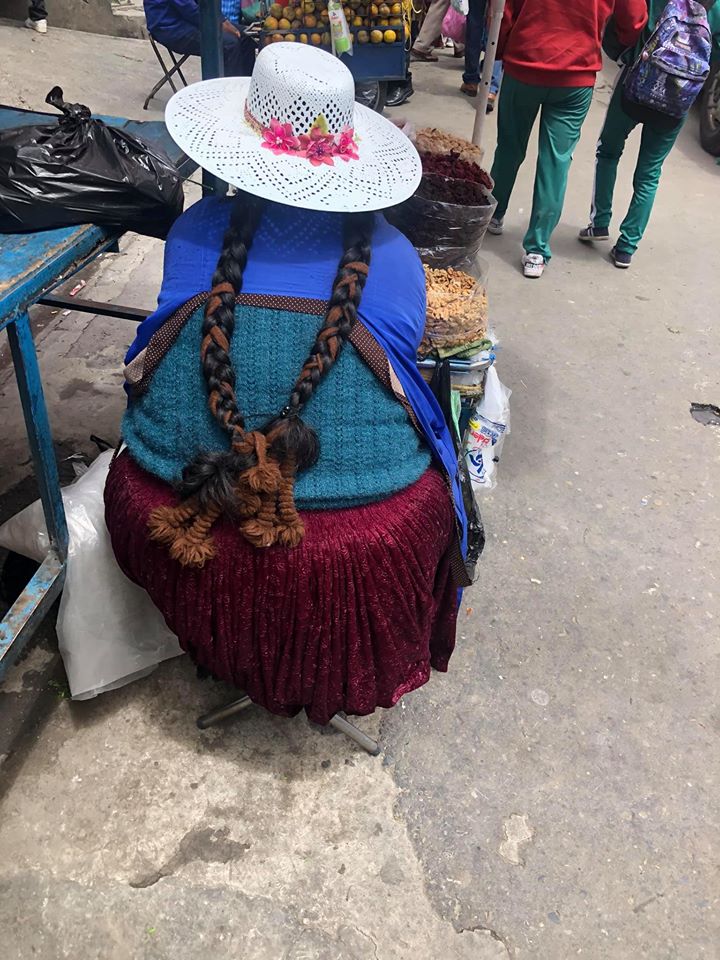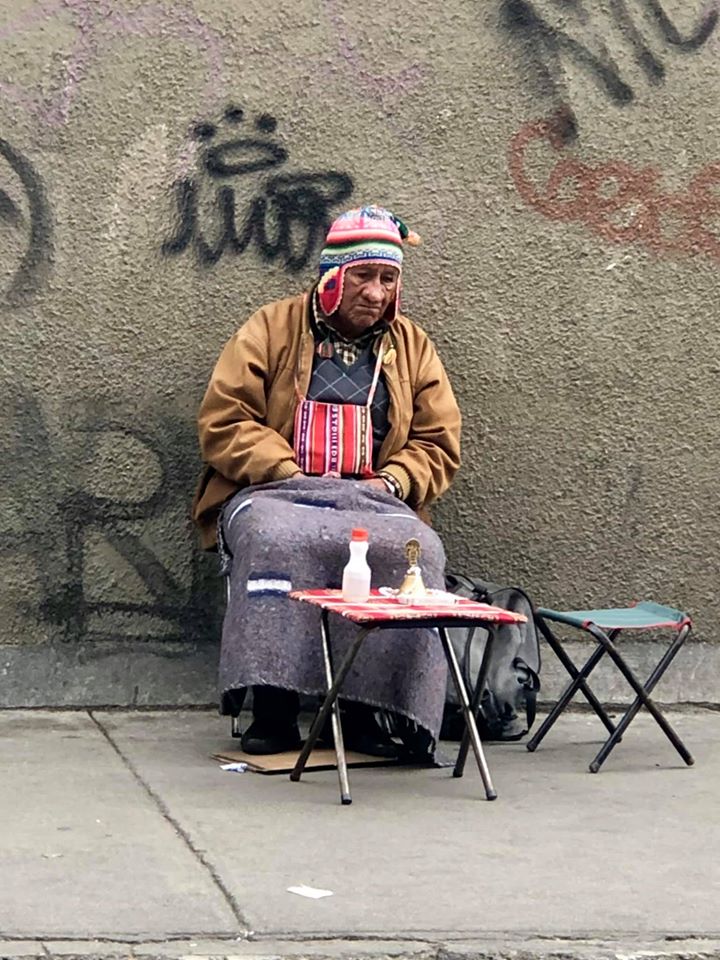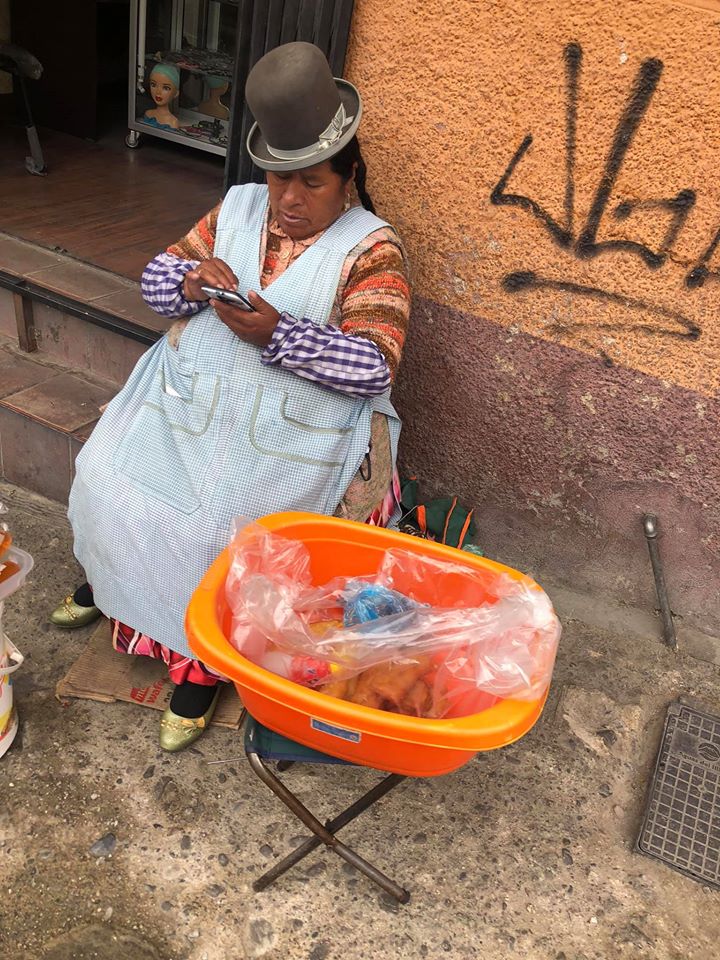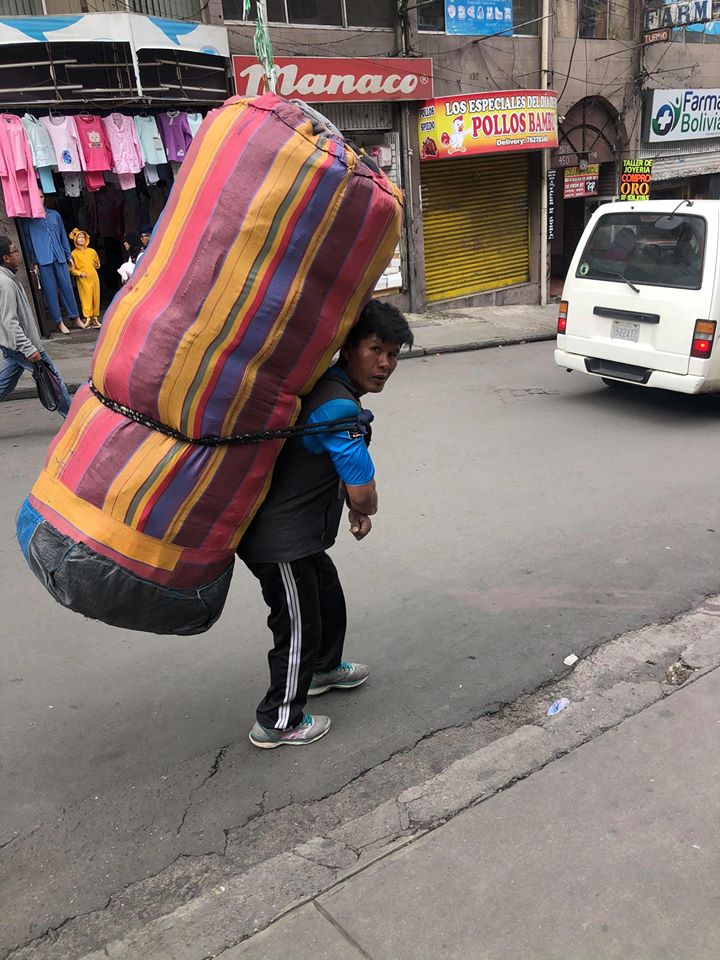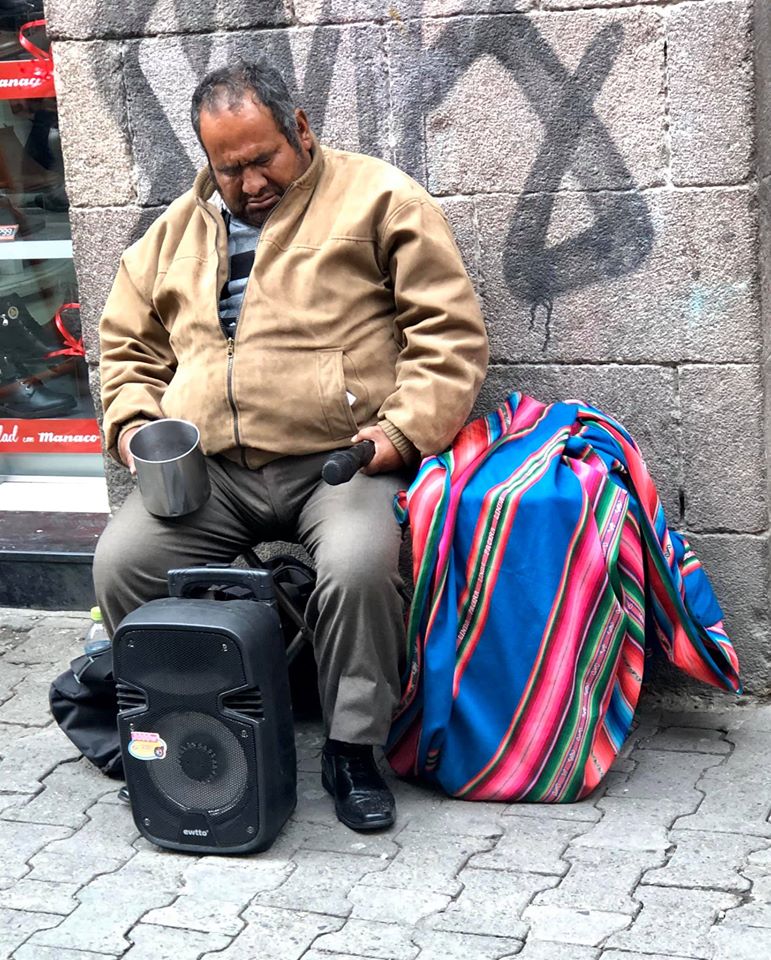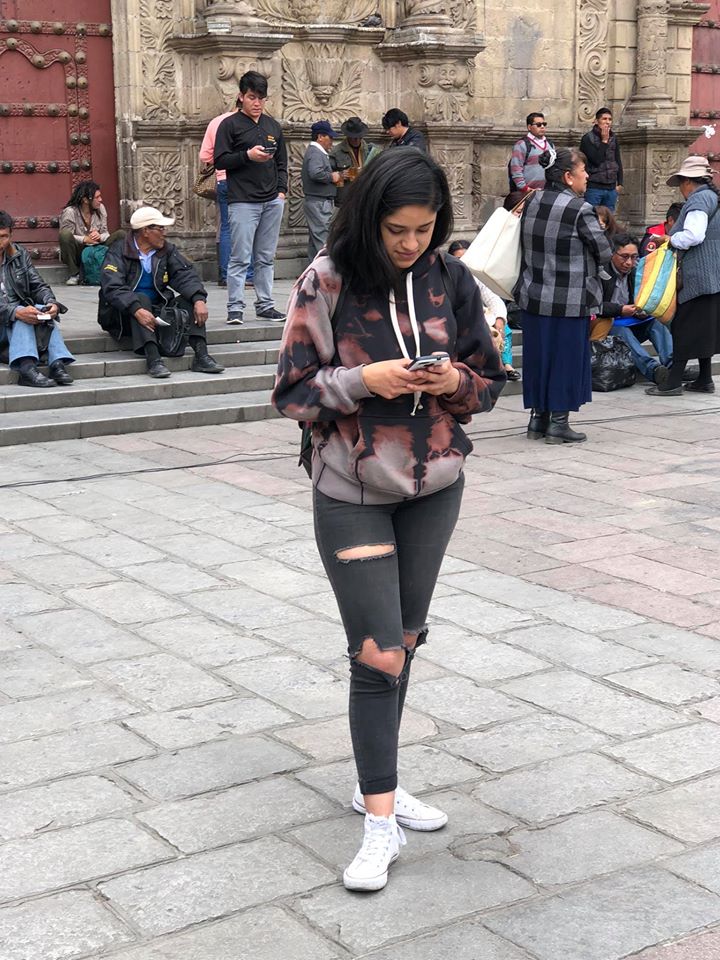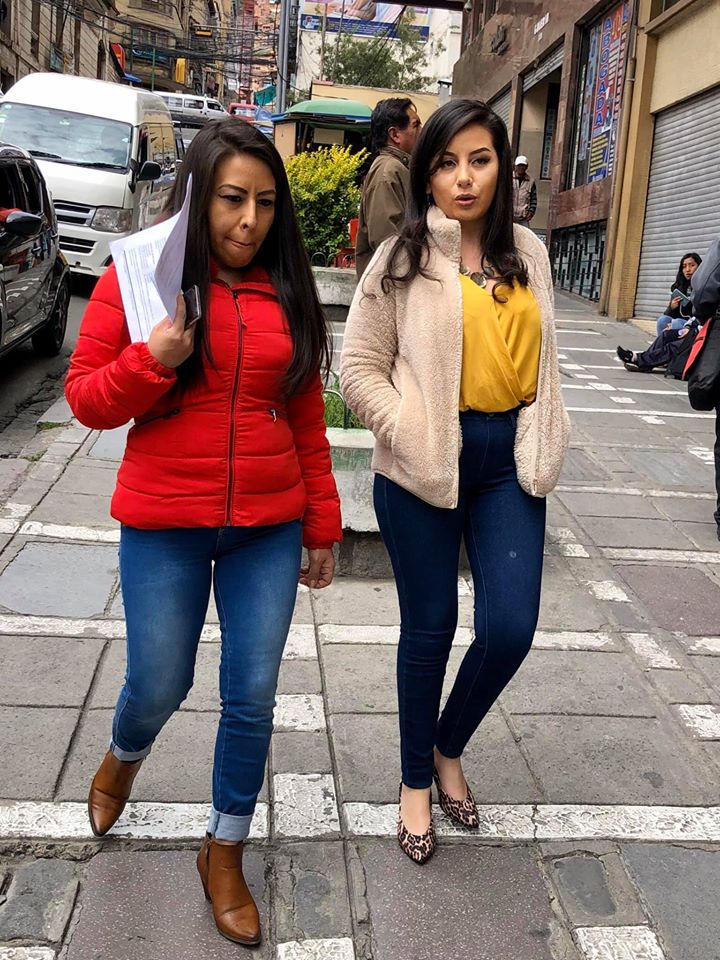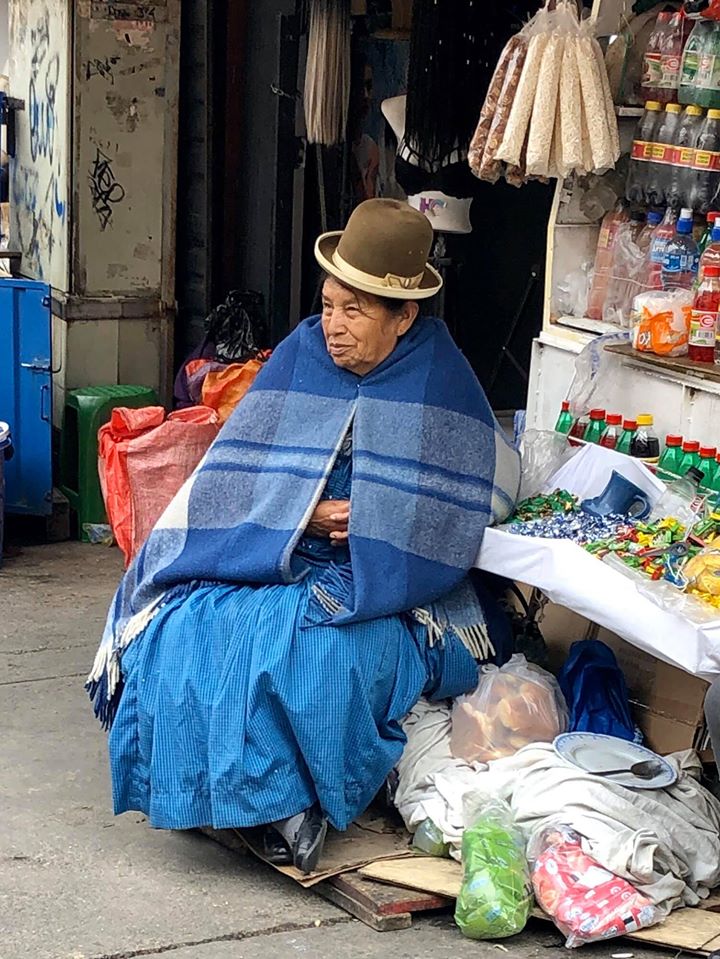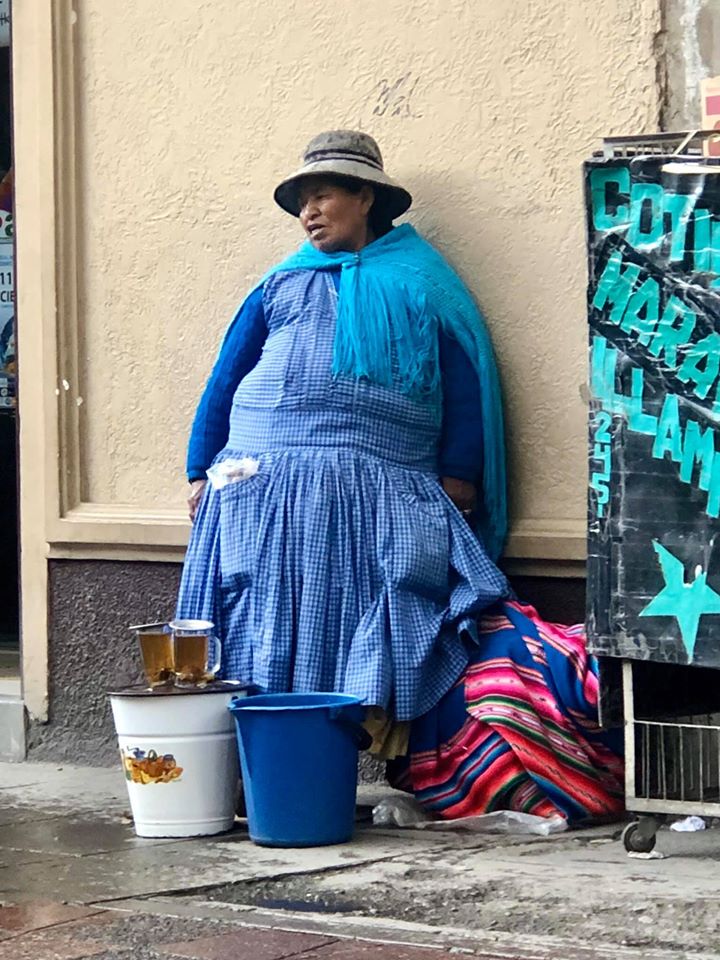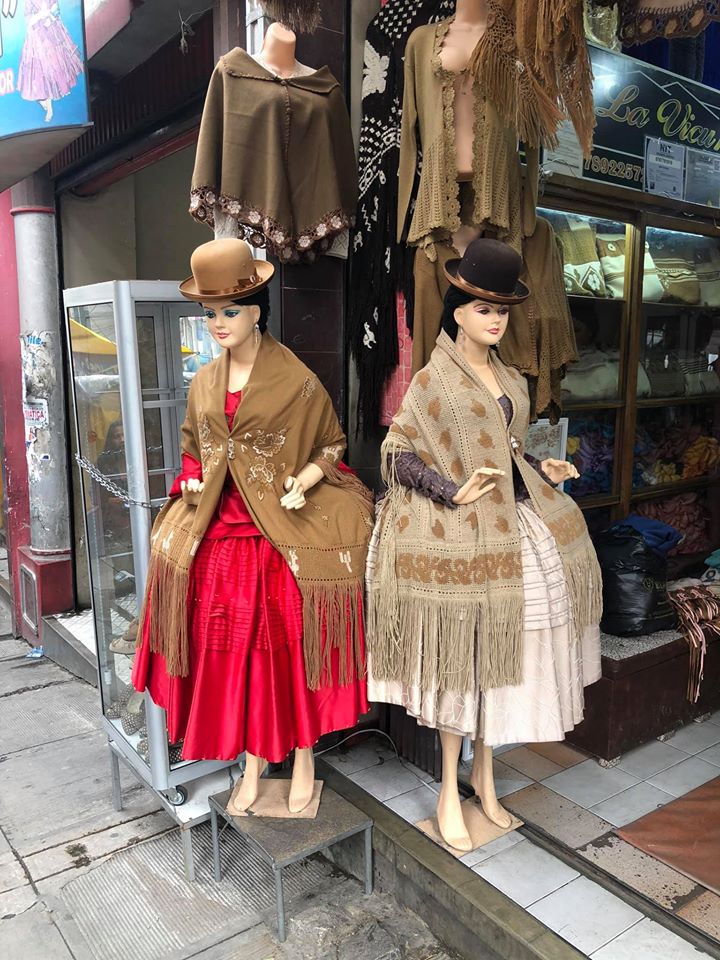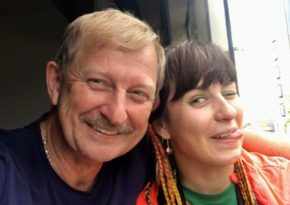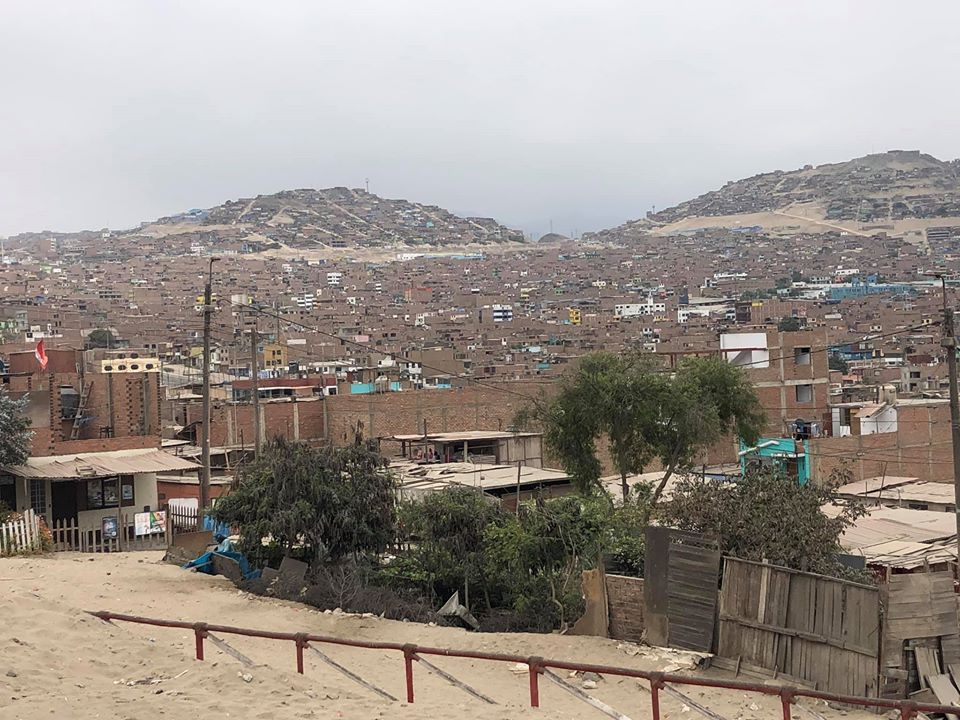A motorbike journey to Latin America. Part 2. Bolivia
Bolivia. Salar de Uyuni
Lately, nobody spoke about this small country in the central part of South America (and 9 out of 10 people would hardly remember where it is located). But not a long time ago there happened another "colour revolution" or coup. Everything went according to a template scenario, including protests, demonstrations, clashes with the police and sacred victims.
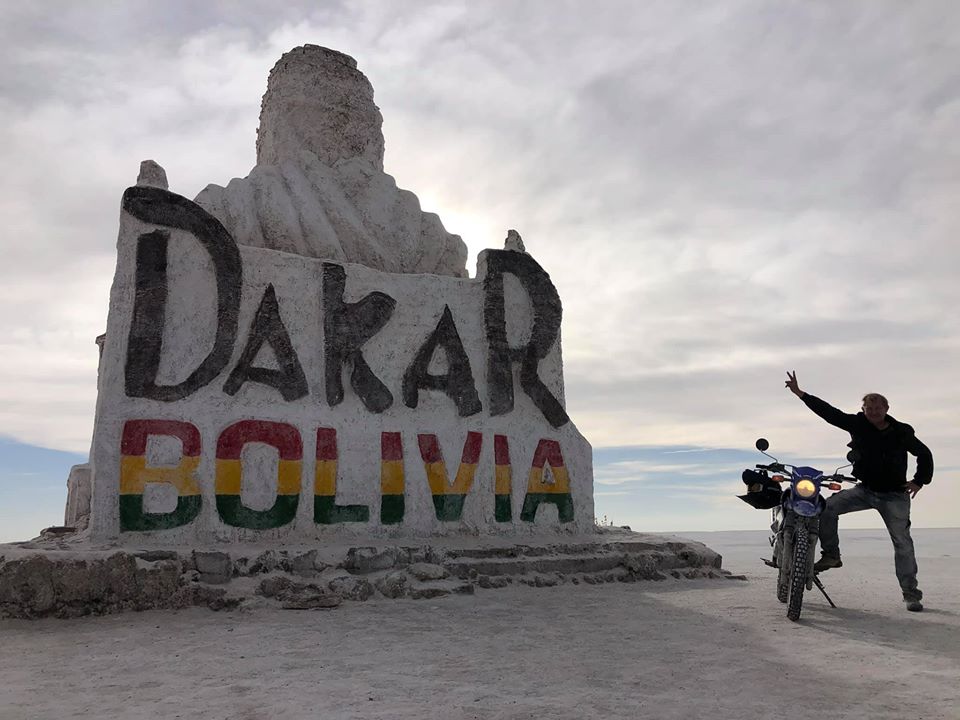
But now only the walls and fences, painted blue in support of former President Evo Morales, who fled to Mexico, remind of this situation.
Actually, Bolivia is notable not only for these events, but, primarily, for its location away from the sea and its unique nature. Perhaps, this is the most unusual and amazing country in the whole America.
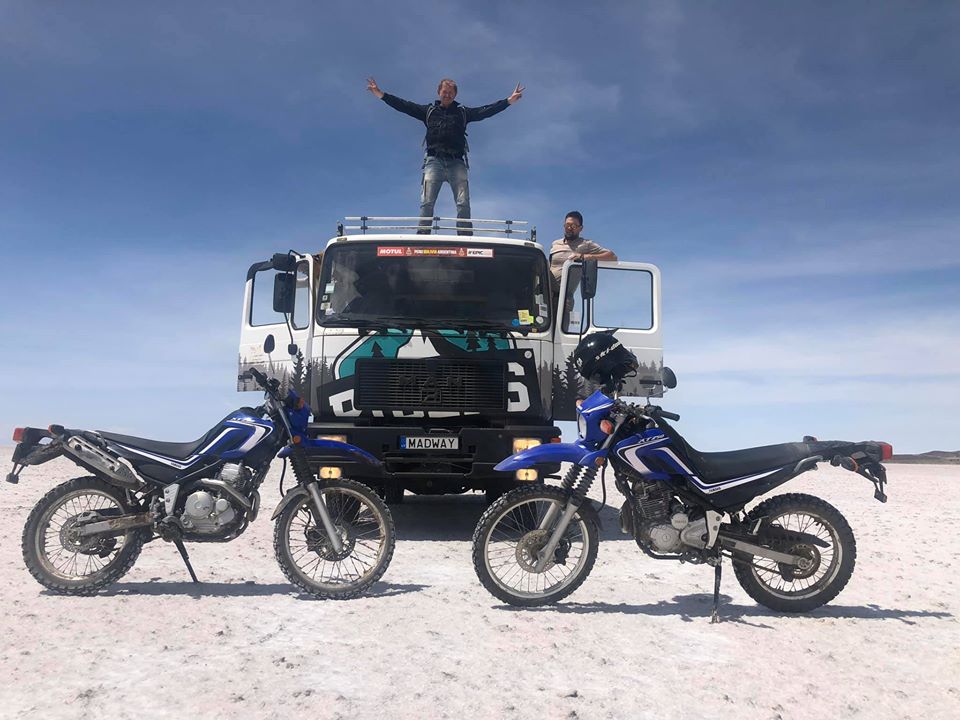
One third of Bolivia's territory is located at an altitude of 3000 m and higher. The rest of it is in the jungle. If you arrive in the capital of Bolivia, La Paz, by plane, you will appear to be at an altitude of 3500 m at once. And you are more likely to get altitude sickness if you do not take preventive measures.
By the way, La Paz is the highest mountainous capital in the world, located in the crater of an extinct volcano. It has a height difference of several hundred metres!
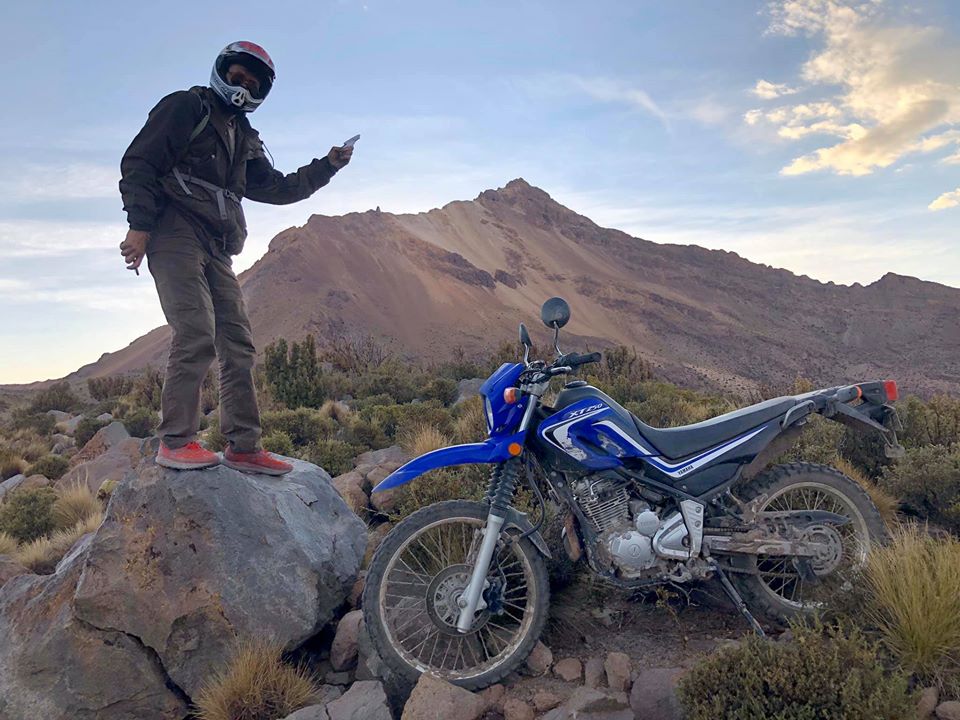
The destination of the second part of our trip to Latin America was a unique place in Bolivia — the Uyuni salt marsh. This is a dried-up huge salt lake situated in the south of the country, which territory occupies more than 10 thousand square kilometres! There is no place like this in the whole world. It is located at an altitude of 3500 m above sea level and looks like an almost perfectly flat surface of salt up to 10 metres thick!
Uyuni reminded me of our Lake Baikal in winter. There are islands that connect paths rolled on salt, but here you wouldn't see cracks and hummocks.
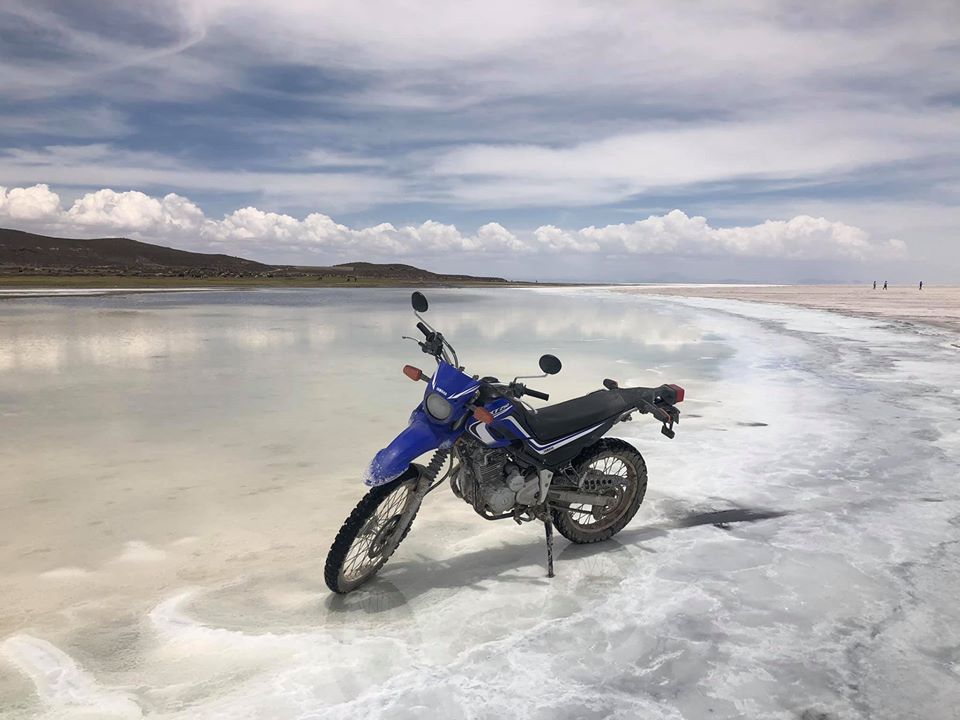
The salt marsh is also surrounded by mountains. The highest peak in the range is the volcano Tunupa (5432 m high), which we decided to conquer on the first day of our arrival at Uyuni. In La Paz we rented one light Yamaha 250 and it took us 1.5 hour to climb along a steep rocky path washed out by rain. It was sunset when we reached the top point, which was possible to climb to. At an altitude of 4750 m I was ready to stay and die right there. The thin air turns any effort to control a motorbike into hard work. This way, when I pulled that light enduro out of the puddle, it felt like a cast-iron block weighing a ton!
The next day we planned to explore the salt marsh itself. That's the place where you can ride, unscrewing the throttle to the limit! And where else can you close your eyes and race in any direction at maximum speed until you get bored?
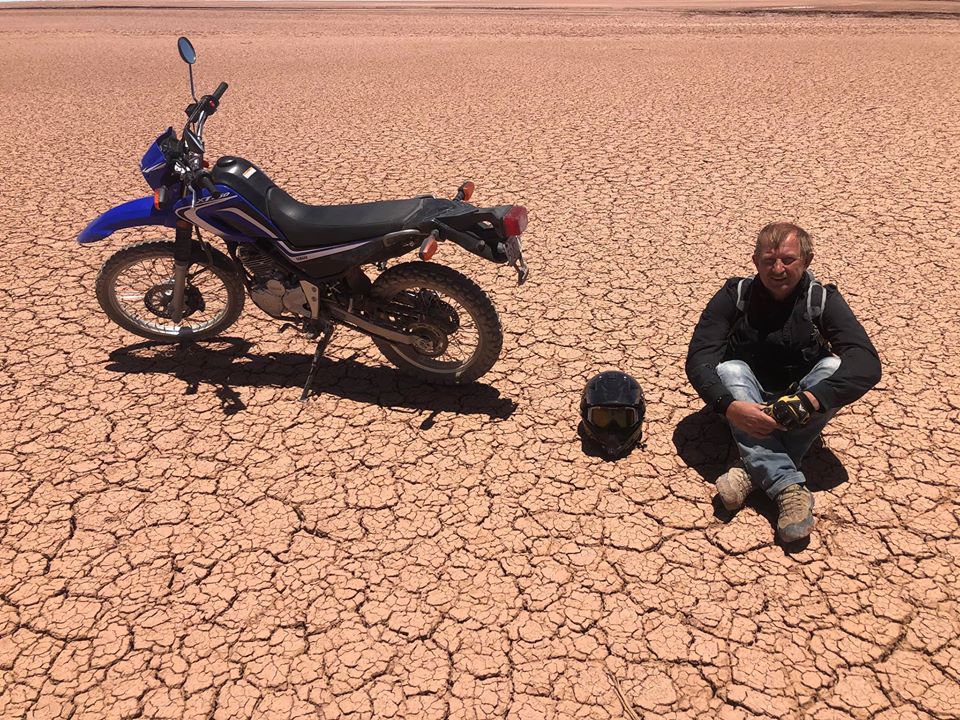
Uyuni is a small town near the salt lake of the same name. There are quite good hotels, cafés and restaurants, although the town itself isn't clean and well-groomed like all the remote settlements in Latin America. The central street is a bustling bazaar and there is also a garbage dump in it, where a pack of dogs usually have dinner.
But the town is not the reason why travellers from all over the world come here. It's the uniquenature, which combines several types of landscape: mountains, desert, sand dunes and a fantastic huge dried-up salt lake, that attracts people here. And, of course, the feeling of freedom must be mentioned. Personally, I missed it so much when travelling around Europe, where everything is regulated and put in order.
Sometimes Bolivia reminded me of Mongolia with its endless deserted steppes, canyons, sand dunes and winds. The only difference is that nstead of camels and horses the herds of llamas, alpacas and even ostriches wander here!
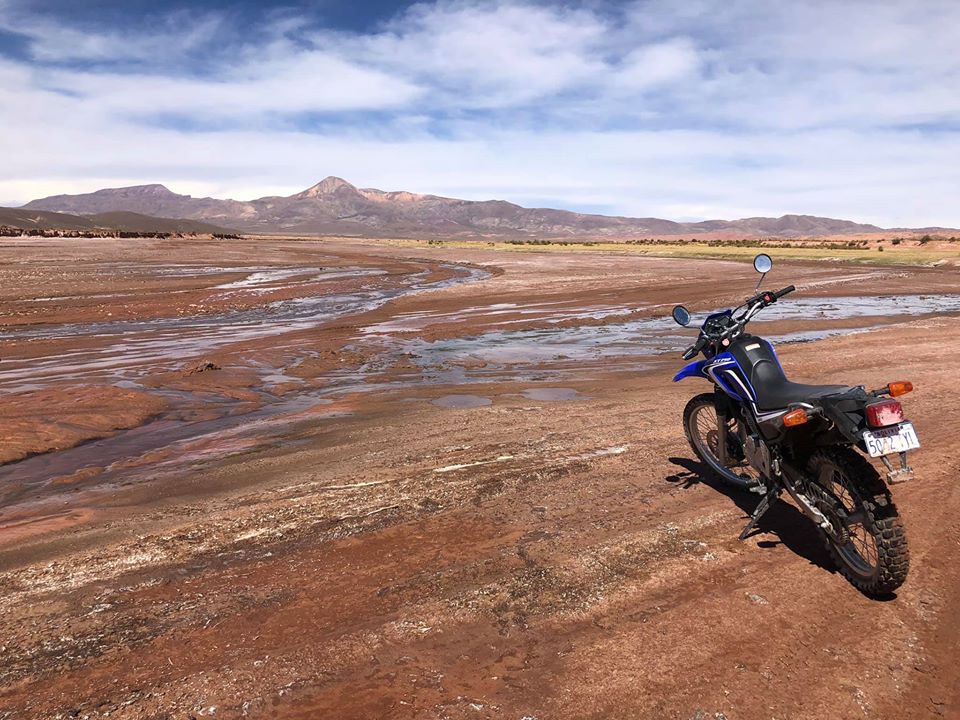
Bolivia. La Paz
There are cities that, having visited once, you remember for a lifetime. The capital of Bolivia, La Paz, is definitely one of them.
That's an unbelievably cool city! In all respects.
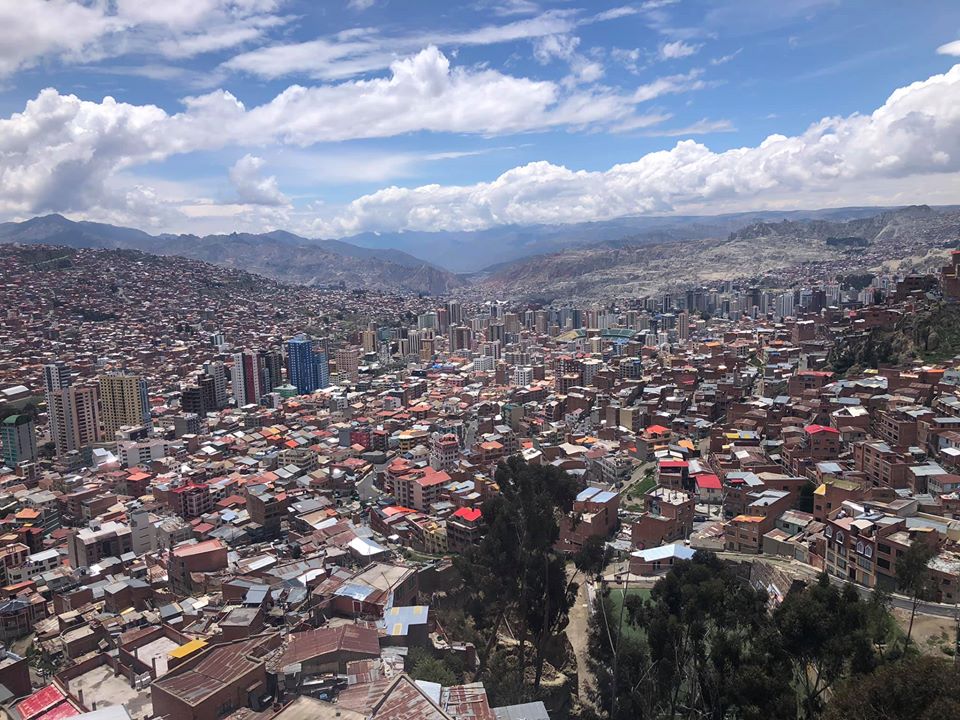
Located in the hollow of an extinct volcano at altitudes from 3,300 to 3,900 m, it crawls up the steep slopes, placing its houses and streets in each rocky ledge. The centre of La Paz is a narrow avenue with mixed architecture in it. Here, in one street, you can see an old colonial-style house with openwork balconies and collapsed plaster, a neighbouring building of the 19th century and a twenty-five-storey skyscraper made of glass and concrete that is being built nearby.
The streets are narrow, almost all of them are very steep ascents and descents. The roadway is jammed with cars and colorful painted minibuses, many of which belong to last century.
There are a lot of police officers, who regulate the traffic. Without them the city would have frozen, since traffic regulations seem to be fixed here only nominally. In general, the police is everywhere: foot patrols, or the police officers by motorbikes.
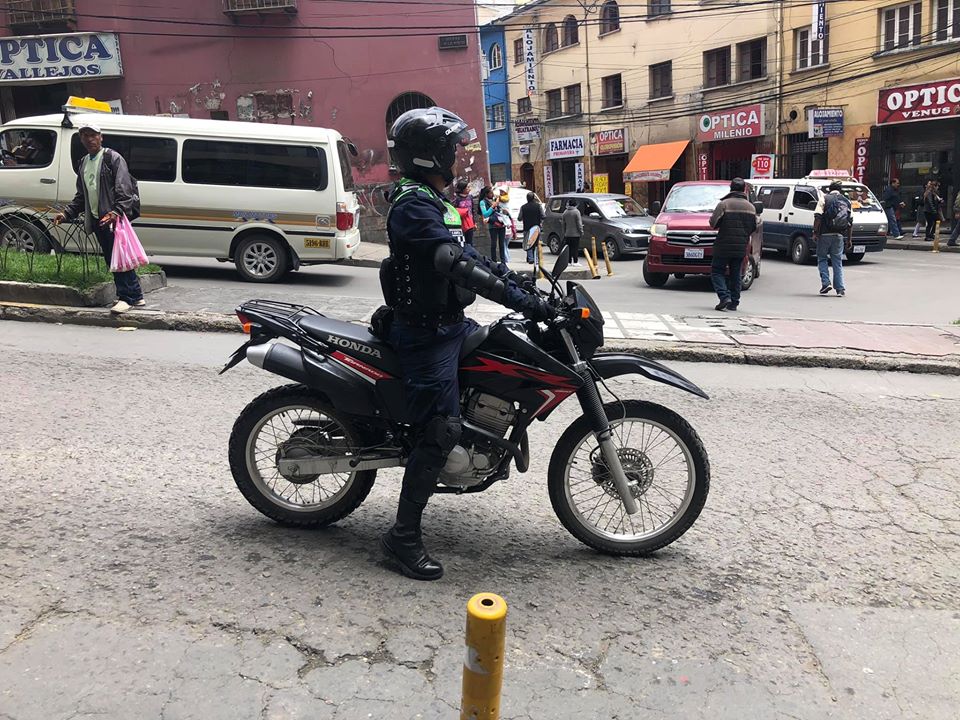
Today I have been walking around the city all day in different districts and felt pretty safe. There is no trace left from all those clashes and protests that had taken place recently.
Since La Paz is rather a large city with a population of more than 700 thousand people, the transport problem here is very acute. A subway can't be built here, the roads can't be expanded. But an ingenious solution was invented: a network of funiculars was stretched over the city, just like at ski resorts, and now you can quickly and inexpensively go to any district of La Paz directly by air. At the same time you will admire the city from a bird's-eye view.
La Paz is like a huge market
Everyone sells everything here. Almost all streets and sidewalks (and in some places the roadway as well) are cluttered with tables and stalls on which loads of various goods are piled: from chupa-chups and pies to toilets and spades. Some sellers lay out products: cheese, fruit, bread right on the colourful blankets on the asphalt. A typical picture is a charismatic woman in a bright blouse, a multi-layered colorful skirt, knitted tights and a "Charlie Chaplin" bowler hat, sitting at the sidewalk. She is taking coca leaves out of a large bag and is packing them into bags for sale while a six-month-old baby is sleeping behind her in a rainbow scarf-backpack.
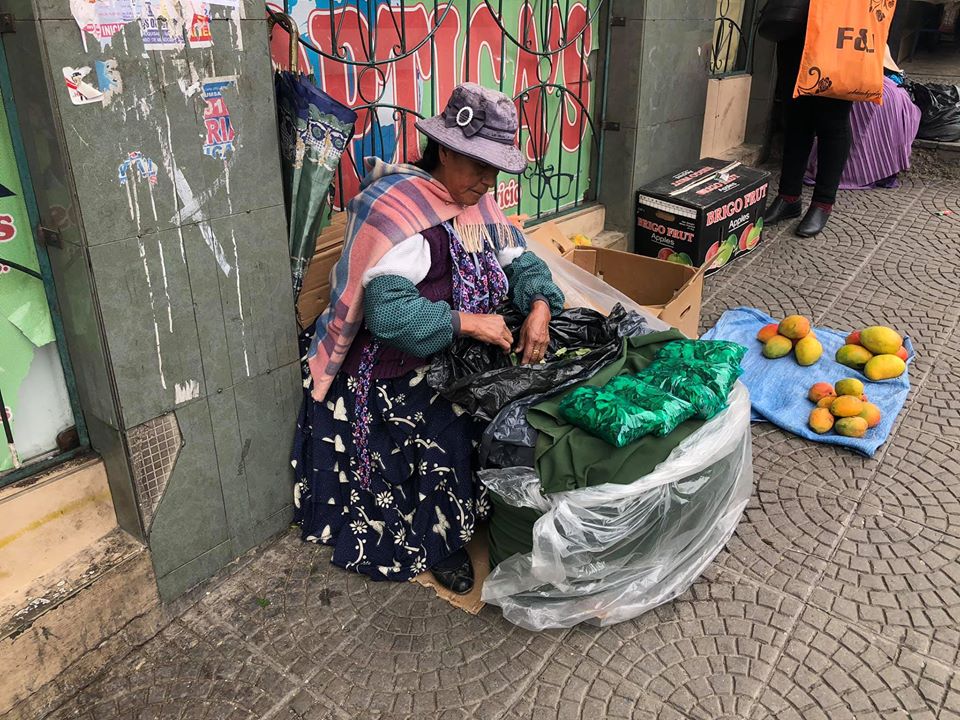
Where else would you see a picture like this?
Bolivia. The faces of La Paz
La Paz is an unusual city not only because of its location and infrastructure. The most interesting part of it are the residents.
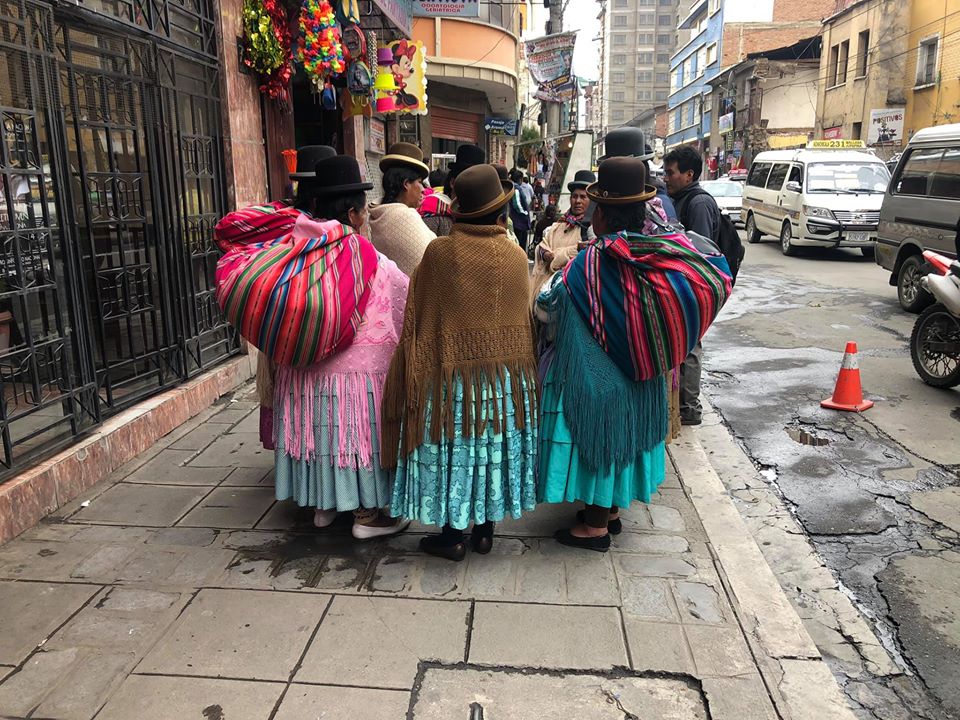
The first day I was just walking along the streets and enjoyed everything around me. How many wonderful characters I have come across along my way! I had a desire to take a photo of almost every passerby: their faces, clothes, women's hats and their mind-blowing outfits. I'm happy that my iPhone allowed me to do that without attracting much attention.
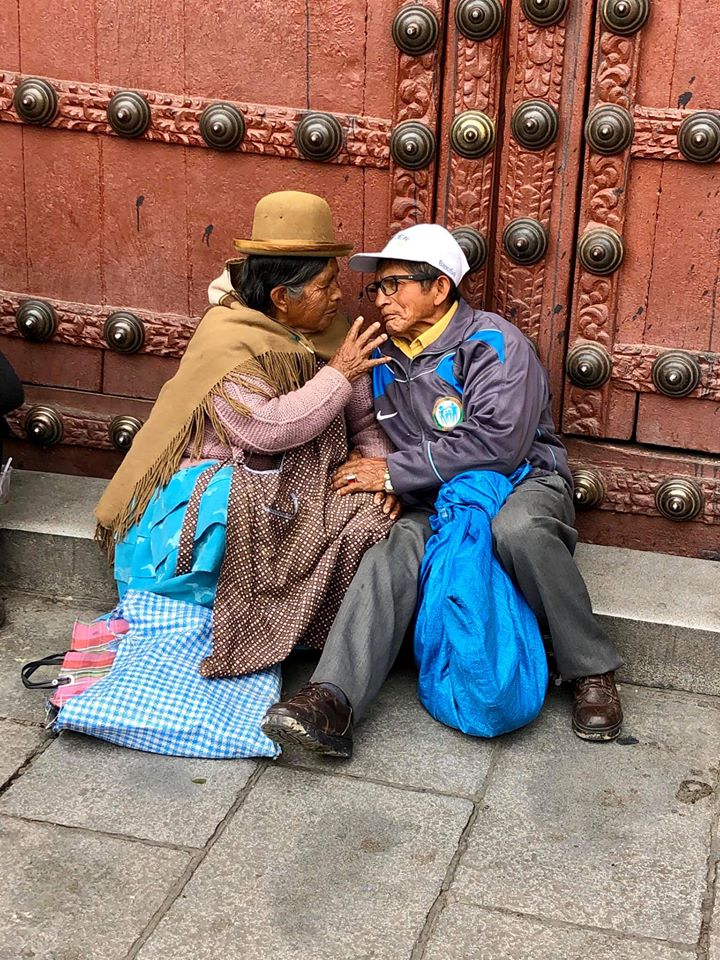
Especially the ederly women look splendid. The thing is, the majority of the population are genuine ethnical Quechua and Aymara Indians, who wear traditional clothes that simply amaze with unusual bright colours and design.
Men look less vivid.
Young people dress in a more contemporary way. I often met girls and guys with piercings, brightly-dyed hair, torn jeans and tattoos.
The city is bustling with life day and night. It seems that half of the population sells something and the other half buys it non-stop. But, unlike in Arabic countries, no one will bother you in Bolivia, grabbing your sleeve and trying to sell some overpriced stuff. People here have got a different mentality.
Peru. Lima
Do you believe in miracle? Personally, I don't really. But sometimes life brings in such situations that I start to consider it.
Otherwise I can't explain why something occasionally happens with me. I mean unexpected meetings with my friends-travellers in different parts of the world. For example, once I met guys from Romania in the Pamir mountains, who I had got acquainted with a year before in Mongolia. Then in Irkutsk I ran upon my friend, who had gone for circumnavigation four years before and was returning home that moment. In Georgia I came in a cafe and faced with a fellow-motorbiker, who was travelling around the Black Sea.

And this time I had an absolutely unplanned meeting with a motorbike-traveller Kate Dubanevich from Minsk, who had been riding around the world by her old BMW motorbike for more than a year already. I had made friends with her even before the start of this crazy adventure and once we met in Ulan-Ude (by chance too), when she had just started her circumnavigation and I was returning from Magadan. And here we had an unpredictable meeting again on the opposite side of the planet. I went back from Bolivia to Peru and had two and a half days left before my flight to Moscow. At the same time Katherine rode by her Henry in Lima.
Henry was a little tired and needed some maintenance in the service, therefore, we got an opportunity to talk and share our news with each other. Just imagine, how much Kate has experienced within a year and four months of travelling around four continents!
 Cap-travel.ru
Cap-travel.ru